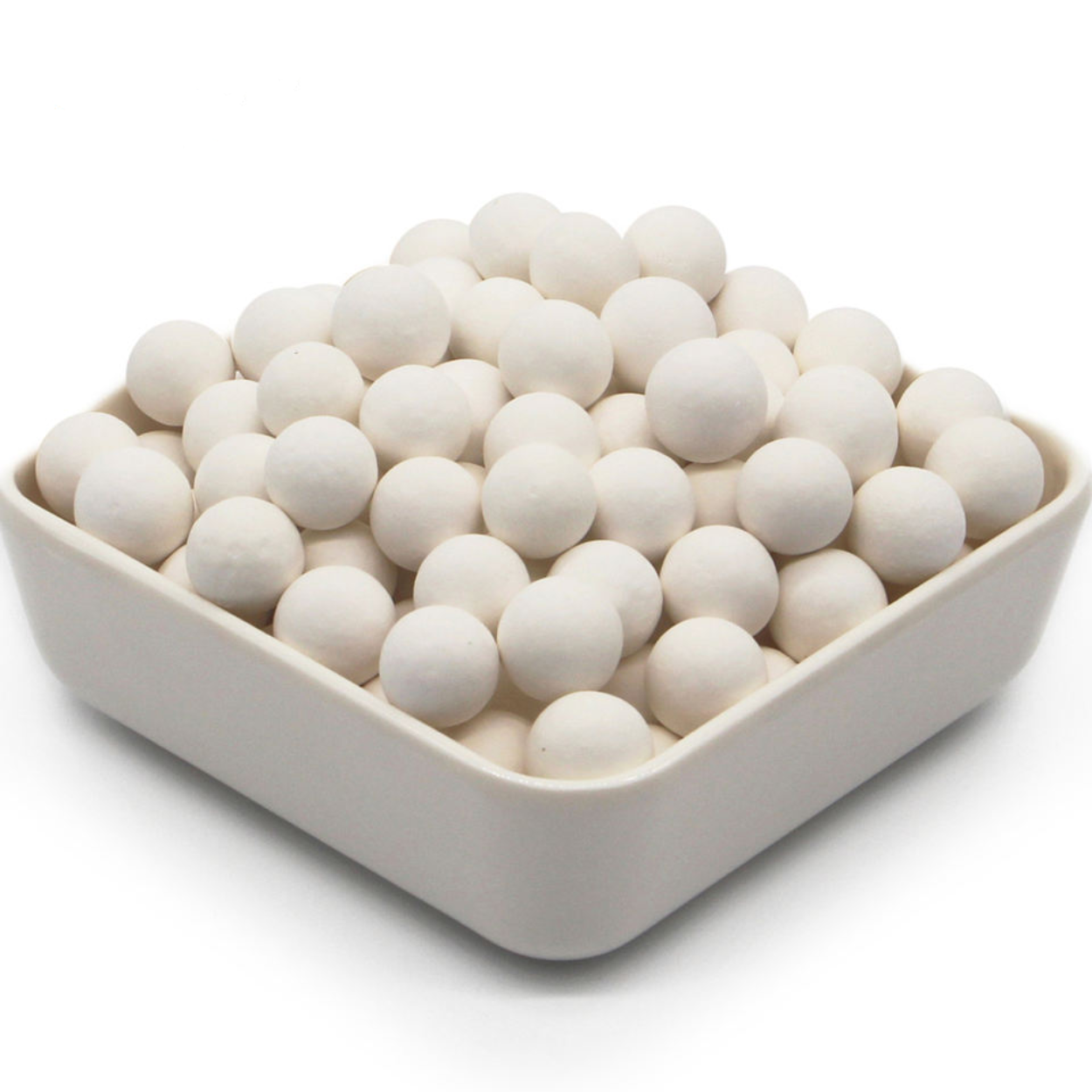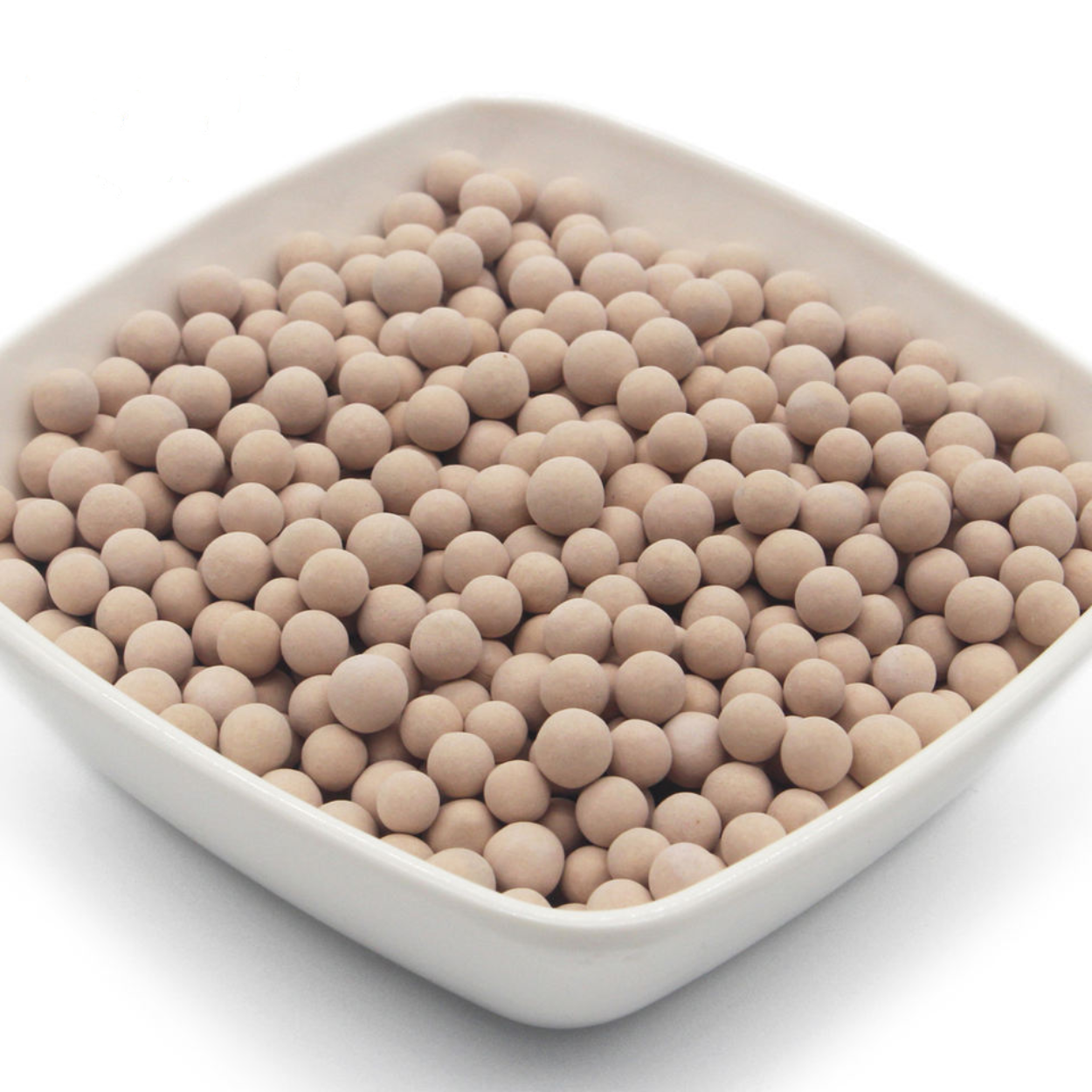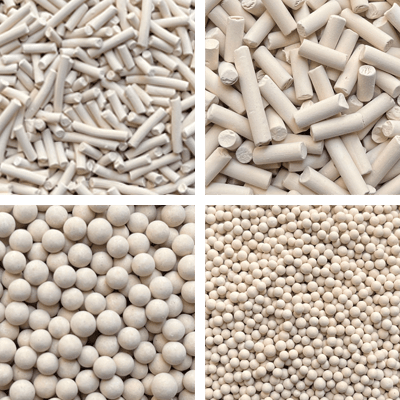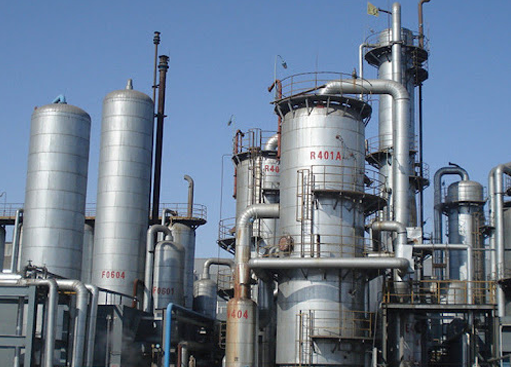
Manufacturer 4A vs 3A Molecular Sieves in LNG Dehydration
LNG dehydration mainly uses 4A molecular sieves for water and hydrocarbon removal, while 3A suits cases needing zero hydrocarbon adsorption.
Gas separation is a vital industrial process used in petrochemicals, natural gas treatment, air separation, and environmental protection. Among the various technologies, molecular sieves play an irreplaceable role due to their unique structure and performance. This article explores their key functions and future potential in gas separation.
Molecular sieves are crystalline aluminosilicates with uniform micropores (typically 0.3–2.0 nm), offering the following features:
Molecular sieves separate gas mixtures by allowing only smaller molecules to enter their pores:
The polar surface of molecular sieves attracts polar and unsaturated molecules:
Molecular sieves are the core of PSA systems, which use pressure cycling to achieve:
Compared with cryogenic distillation, molecular sieve-based separation offers:
To meet growing demands, molecular sieve technology continues to evolve:
Molecular sieves will see broader use as industries shift toward greener technologies:
Thanks to their tunable pore structures, high selectivity, and stability, molecular sieves are essential in gas separation. As new materials and techniques emerge, they will play an even larger role in energy, environmental, and chemical sectors. Ongoing research should focus on performance improvement, cost reduction, and large-scale applications to meet rising industrial demands and support sustainable, low-carbon development.

LNG dehydration mainly uses 4A molecular sieves for water and hydrocarbon removal, while 3A suits cases needing zero hydrocarbon adsorption.

Achieve ultra-deep dehydration of cracked gas with 3A molecular sieves—remove water without ethylene/propylene loss, ensuring catalyst life and product purity.

Home Desiccant Activated Alumina for air compressor drying gas purification wholesale Email WhatsApp Product Inroduction: Desiccant Activated Alumina for air

Home Adsorbent Zeolite 13x Molecular Sieve for Removing Odor From LPG in air Freshener Plant Email WhatsApp Product Inroduction: Adsorbent Zeolite
As a leading molecular sieve manufacturer, we share the latest industry news and insights on adsorbents like molecular sieves, sieve powder, and activated alumina.

Combined zeolite 3A molecular sieves, activated carbon, and plastic Pall rings in solvent recovery. Explore performance,
advantages, and industrial best practices.

Combined use of 3A & 13X molecular sieves with activated carbon in LPG purification removes H₂S, odor, and moisture, preventing pipeline blockage.

3A molecular sieves is widely used for ethanol dehydration due to its high selectivity for water, making it ideal for producing high-purity ethanol from ethanol-water mixtures.